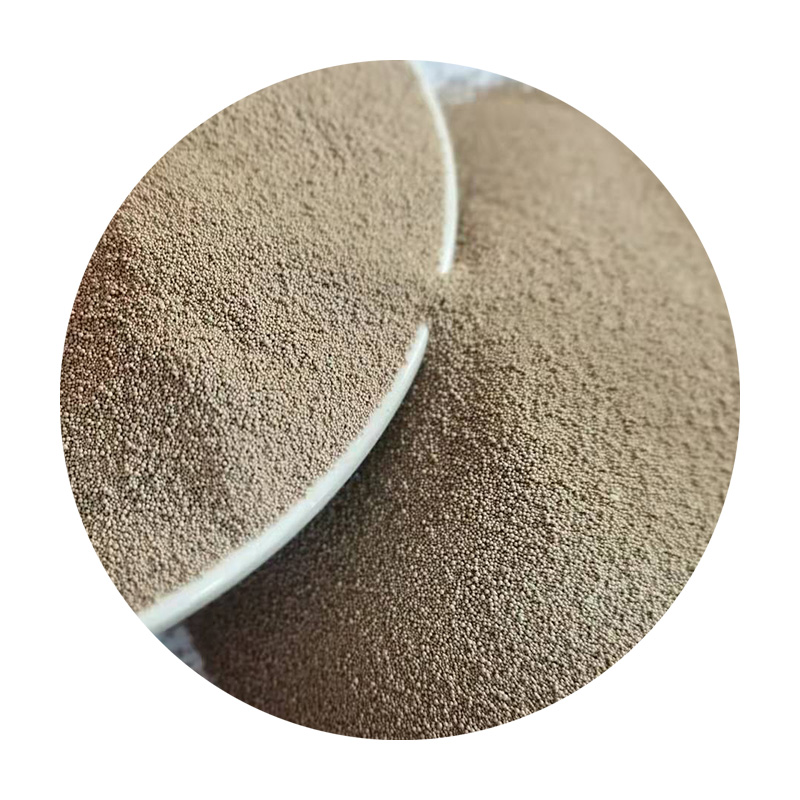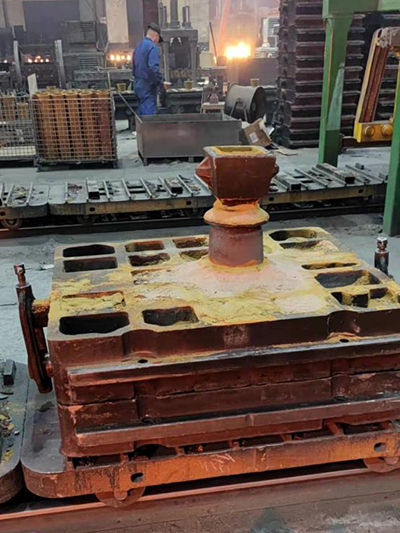

Following solidification, the sand mold is broken away, revealing the raw casting. It is at this juncture that one must assess for any defects, such as shrinkage or porosity, which may have occurred during cooling. Expertise in identifying and rectifying these issues is critical. Techniques, such as X-ray inspection or ultrasonic testing, provide a non-destructive means to ensure quality control standards are upheld. The finished component often undergoes various secondary processes, including trimming, machining, or finishing, to obtain the desired dimensional precision and surface texture. The selection of these processes depends heavily on the functionality and aesthetic requirements of the product. The authority in sand casting is exemplified by those manufacturers who have mastered the intricate nuances of the process. Their trustworthiness stems from a legacy of high-quality production and a commitment to innovation. Continuous advancements in materials science and process optimization are catalyzing improvements in sustainability and efficiency, securing sand casting’s place at the forefront of modern manufacturing techniques. As sand casting continues to evolve, its potential expands, offering new avenues for creativity and performance in metal casting. Embrace this age-old technique with a contemporary understanding, and it will undoubtedly yield components that meet the rigorous demands of today’s industrial applications. Post time:març . 06, 2025 12:03
Next:sand casting
